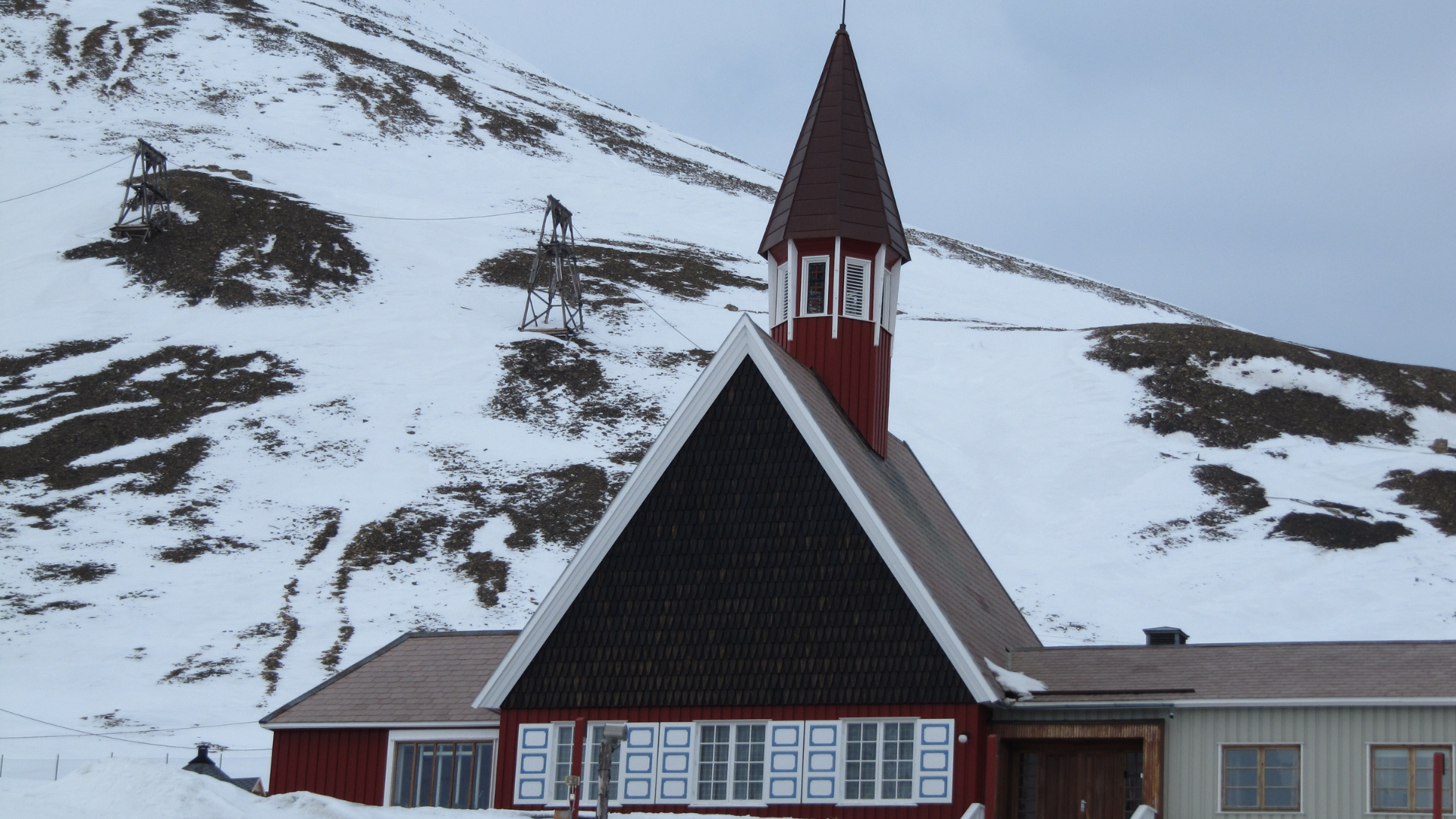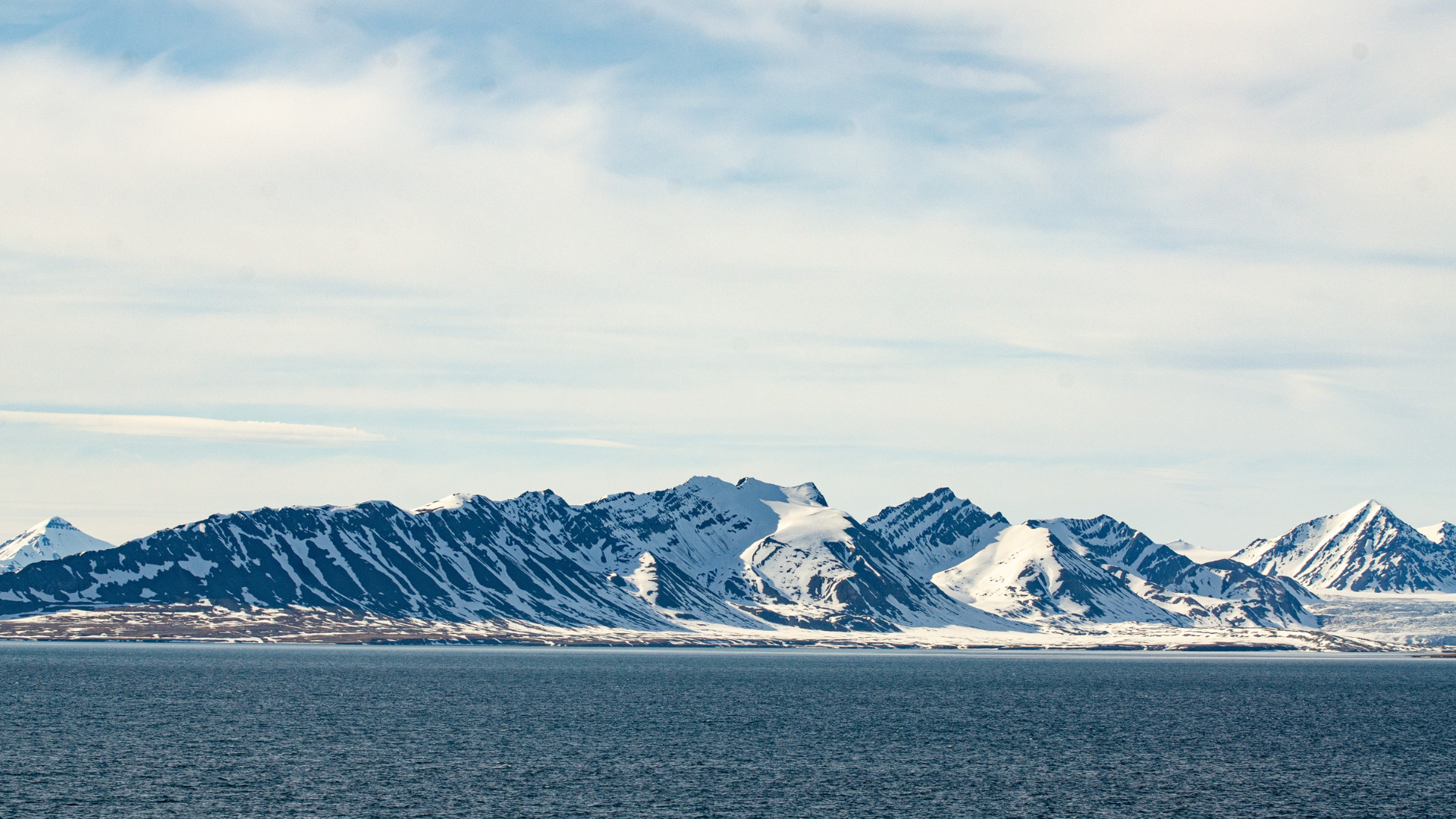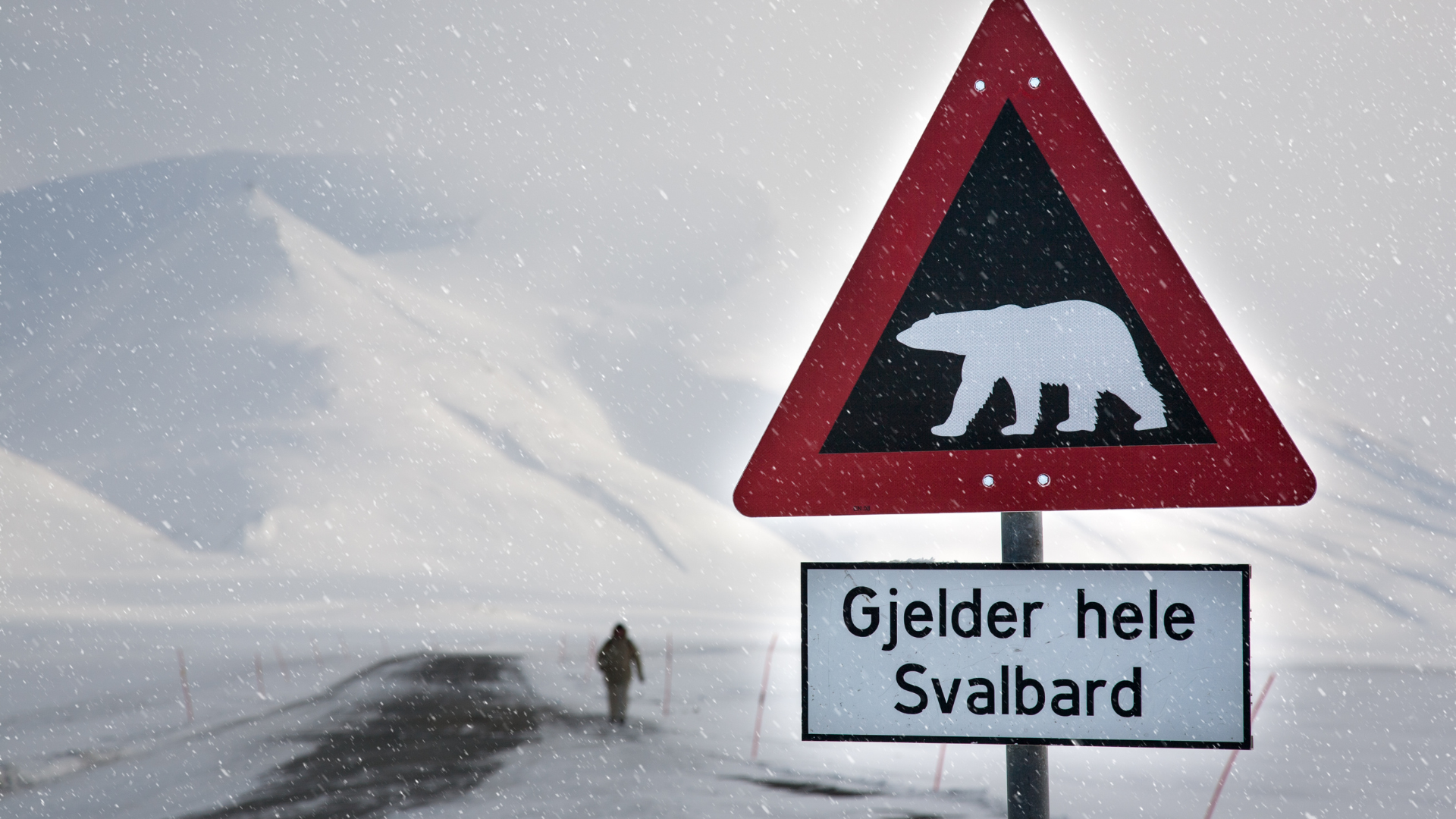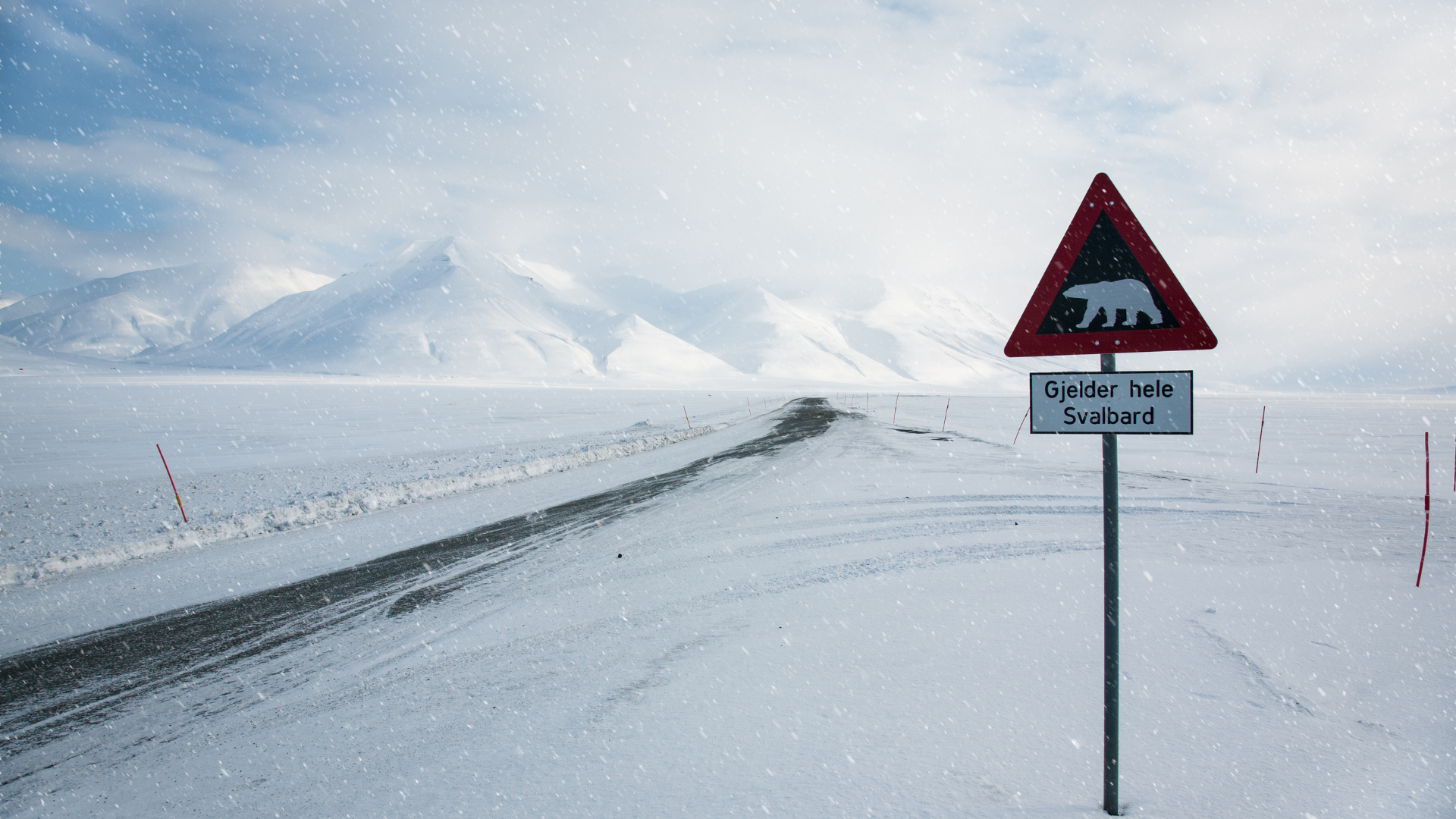Svalbard How to Arrive
Svalbard How to Arrive

Reaching Svalbard, one of the northernmost inhabited places on Earth, is an adventure in itself. Located in the Arctic Ocean, midway between mainland Norway and the North Pole, the archipelago is remote and requires careful planning to access. Despite its isolation, Svalbard is surprisingly accessible, with regular flights and other transport options available. Understanding the logistics of getting to Svalbard ensures a smooth and enjoyable start to any Arctic adventure.
The primary gateway to Svalbard is Longyearbyen, the largest settlement on the archipelago. The most common way to reach Longyearbyen is by air, with regular flights from Oslo and Tromsø in Norway. Scandinavian Airlines (SAS) and Norwegian Air Shuttle operate flights several times a week, and the journey from Oslo takes approximately three hours. During the peak tourist season in summer, additional charter flights may be available. It is advisable to book flights well in advance, especially during the high season, to secure the best fares and availability.
For those seeking a more adventurous approach, there are cruise ships and expedition vessels that travel to Svalbard. These voyages typically depart from ports in Norway, such as Tromsø and Bergen, and offer a unique perspective on the journey to the Arctic. Traveling by sea allows passengers to experience the stunning coastal scenery and wildlife of the Norwegian and Arctic waters. Cruises vary in length and amenities, from luxury liners to smaller, more intimate expedition ships. This mode of travel is particularly popular during the summer months, when the Midnight Sun and milder weather enhance the experience.
Upon arrival at Longyearbyen's Svalbard Airport, visitors will find a small but well-equipped terminal. The airport is located about 5 kilometers from the town center, and transportation options include taxis and shuttle buses. The ride into town offers a first glimpse of Svalbard's stark and beautiful landscape, with views of snow-capped mountains and icy fjords. Car rentals are also available for those who prefer to explore independently, though it is important to note that driving outside of Longyearbyen requires special permission and equipment due to the harsh conditions and lack of roads.
Longyearbyen serves as the starting point for most excursions and activities in Svalbard. The town offers a range of amenities, including hotels, guesthouses, restaurants, and shops. It is advisable to arrange accommodation well in advance, particularly during the busy summer season and major events. Longyearbyen's compact size makes it easy to navigate on foot, and many attractions, such as the Svalbard Museum and the North Pole Expedition Museum, are within walking distance of the town center. The local tourism office provides valuable information and assistance for planning activities and excursions.
Traveling beyond Longyearbyen requires careful planning and respect for the environment. The vast majority of Svalbard is wilderness, with limited infrastructure and challenging conditions. Guided tours and excursions are highly recommended, as they provide safety, expertise, and access to remote areas. Popular activities include dog sledding, snowmobiling, hiking, and boat tours, all of which offer unique ways to experience the stunning Arctic landscape. Local tour operators offer a variety of packages and can tailor experiences to suit different interests and fitness levels.
The climate in Svalbard is extreme, with temperatures often dropping well below freezing in the winter and remaining cool even in the summer. Proper clothing and equipment are essential for a safe and comfortable visit. Layering is key, with thermal undergarments, insulated jackets, and waterproof outer layers recommended. Sturdy footwear, gloves, hats, and sunglasses are also necessary to protect against the elements. Visitors should be prepared for rapidly changing weather conditions and always carry essential supplies, including food, water, and first aid kits, when venturing into the wilderness.
Svalbard's unique legal and environmental regulations must also be considered. The archipelago is governed by the Svalbard Treaty, which grants rights to multiple countries but is administered by Norway. Visitors are required to adhere to strict environmental guidelines to protect the fragile Arctic ecosystem. This includes rules on waste disposal, wildlife interaction, and the use of firearms for polar bear protection. Permits are required for certain activities, such as hiking in protected areas and camping outside of designated zones. It is essential to familiarize oneself with these regulations and respect the pristine environment of Svalbard.
Preparing for a trip to Svalbard involves careful planning and respect for the unique challenges of the Arctic environment. Whether arriving by air or sea, the journey to this remote archipelago is an integral part of the adventure. With proper preparation and an adventurous spirit, visitors can enjoy the unparalleled beauty and unique experiences that Svalbard has to offer. From the moment of arrival to the exploration of its stunning landscapes, Svalbard promises an unforgettable Arctic journey.












